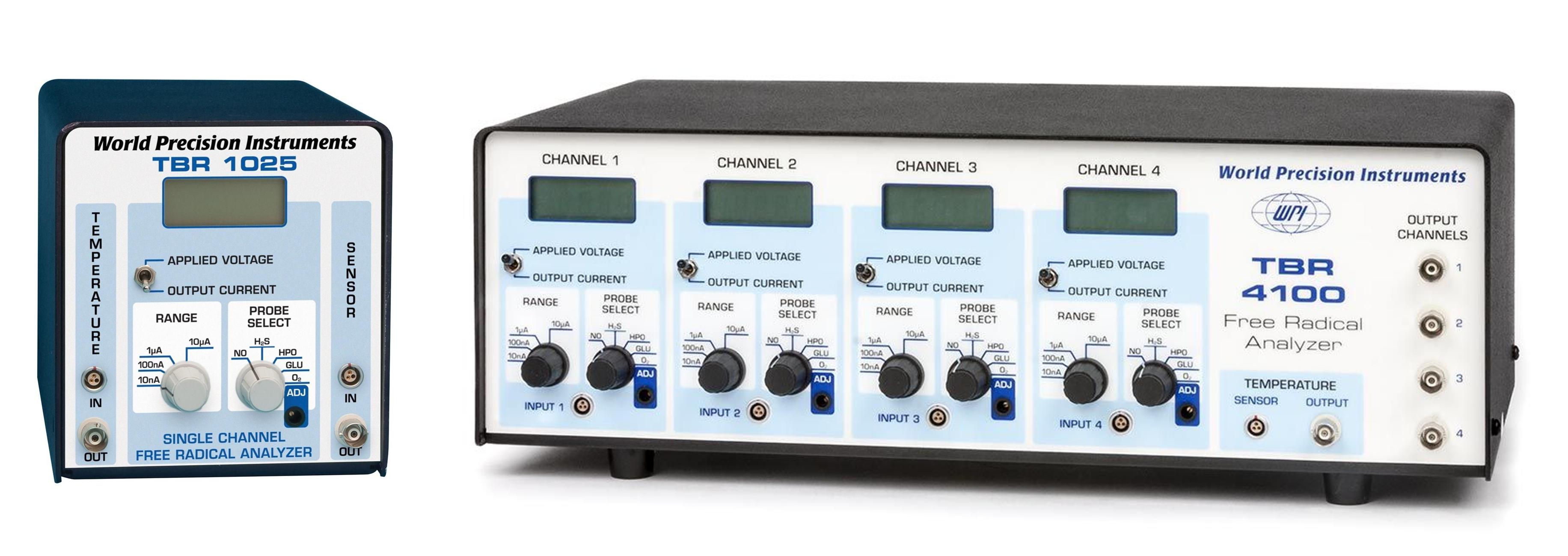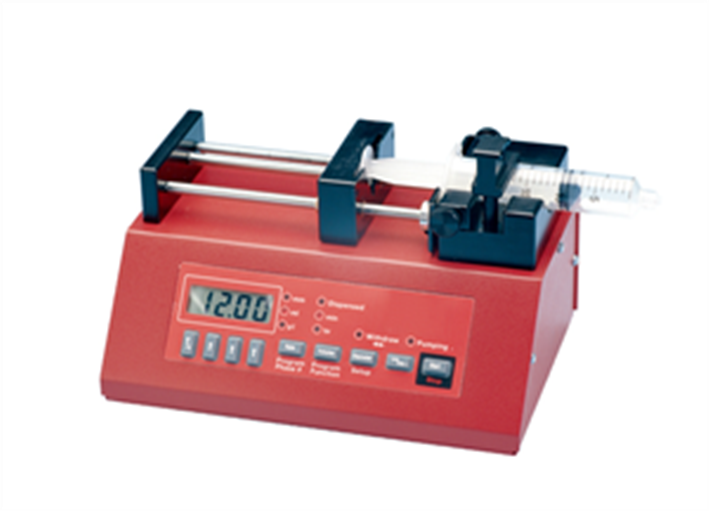

Biosensing
Selection includes high selectivity and low detection limit sensors. For 20 years WPI has led the market for ion-sensitive electrochemical sensors. We offer a range of macro and micro biosensors for monitoring nitric oxide, hydrogen peroxide, oxygen, carbon monoxide and hydrogen sulfide.

WPI’s biosensors are unique, because they offer a high selectivity and low detection limit (down to nM concentration) with a broad dynamic range; covering physiological concentration of species with different sizes from nM to mM. The majority of our sensors are the only commercially available sensors in the world. Scientists across a variety of disciplines have relied on our sensors for over 25 years. These scientists use WPI’s sensors for research performed in universities, hospitals, biomedical research labs, pharmaceutical companies, food/ nutrition research labs, environmental monitoring centres and military labs. Our popular biosensors are listed in thousands of publications.
Free Radical Analyzers

Our free radical analyzers are used in biosensing experiments to detect oxygen, nitric oxide, carbon dioxide, hydrogen peroxide, hydrogen sulfide and glucose, using WPI ion-species specific biosensors. Our TBR series biosensing analyzers can be set to monitor the specific species of interest, and the 4-channel TBR4100 can monitor four biosensors simultaneously. While the TBR biosensing device is commonly used as a nitric oxide analyzer, it is perfect for real-time detection and measurement of a variety of redox-reactive species using the electrochemical (amperometric) detection principle. This series of optically isolated biosensing analyzers has ultra low noise and independently operated channels.

Fiber Optic Oxygen System
Single- and Multi-channel Devices for Precise Oxygen Measurements
WPI has the ...








Request
Catalogue
Chat
Print